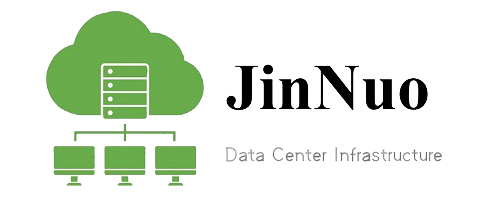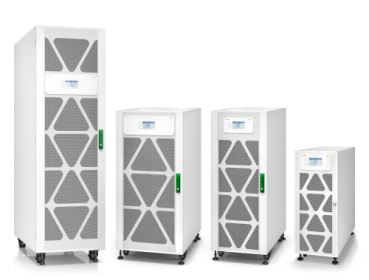UPS is the abbreviation for Uninterruptible Power Supply, which has two main functions: firstly, to improve the quality of power supply to the load when the mains power is normal, and to charge the backup battery; secondly, to ensure uninterrupted power supply to the load through the backup battery when the mains power is abnormal. UPS mainly consists of rectifiers, inverters, and static switches. There are four types of circuit structures: backup, online, online interactive, and online compensation.
The usage form of UPS
When choosing a UPS, be sure to choose the one that is most suitable for your actual usage situation.
The first step is the selection of capacity. The UPS capacity should be calculated based on the current load capacity and the upcoming increase in load capacity.
Next, choose an energy-efficient UPS. The current development trend of UPS is high-frequency and modularization, because high-frequency can improve the light load efficiency and half load efficiency of UPS, and modularization can enable users to invest while growing, saving energy and facilitating expansion.
In recent years, with the rapid development of technologies such as big data and cloud computing, traditional data centers have also ushered in a period of rapid change. As an important component of the data center power supply and distribution system, UPS has also begun to undergo changes. Reliability, efficiency, ease of use and maintenance have become increasingly important features that UPS manufacturers are focusing on.
However, can UPS really adapt to the development of data centers, especially the future development of cloud data centers? On the premise of ensuring reliable power supply, the UPS power supply system of future data centers should have at least the following characteristics.
Rapid deployment and expansion
At present, the modular concept has gradually been accepted in the construction of data centers. Whether it is a modular data center or a container data center. All of them are concrete implementations of this concept, and modular UPS also conforms to this concept. If we only look at the overall deployment speed, there is not much difference between modular UPS and tower UPS, but if we look at the later expansion, the advantages of modularity are very obvious. On demand expansion of power modules and online hot swappable expansion are more in line with the needs of rapid business development. Especially for Internet enterprises with an average life of only 3 to 5 years, who can complete the deployment and expand the capacity one day earlier will win customers and occupy the market sooner.
Usability, high availability
With the realization of virtualization technology, Internet enterprises have changed from pursuing simple power supply reliability to focusing more on the availability represented by rapid maintenance. Therefore, UPS should also be as easy to maintain as IT equipment. There are two requirements for UPS: 1. In the event of a malfunction, it must not affect business operations, that is, it should not affect normal power supply; 2. After a malfunction occurs, it is necessary to facilitate maintenance. It is best for operation and maintenance personnel to maintain it themselves without contacting the manufacturer and replace it with spare parts. Obviously, modular UPS is the most suitable for this requirement. Both AC modular UPS and DC modular UPS (high-voltage direct current) demonstrate higher availability and ease of maintenance.


